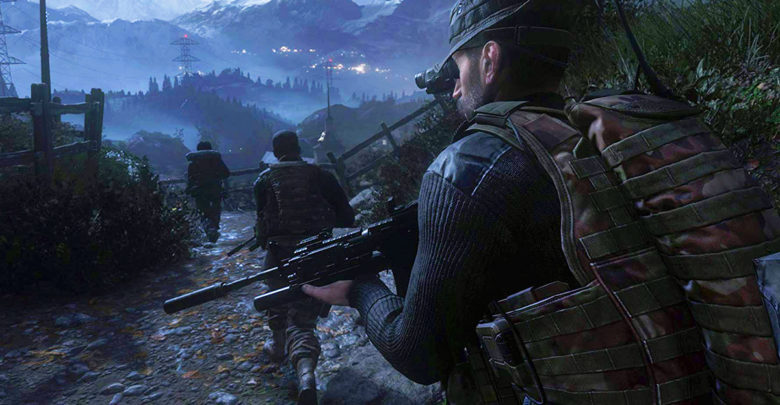Video Game Retrospective: Call of Duty 4: Modern Warfare
Call of Duty 4: Modern Warfare breathed new life into the first-person shooter genre
 Supplied
SuppliedDeveloped by: Infinity Ward
Published by: Activision
Released: November 5, 2007
With its upcoming reboot in October, it has come time to re-examine the phenomenal impact and influence that Call of Duty 4: Modern Warfare had across the first-person shooter genre and video gaming as a whole.
The single-player campaign follows the US Marines invading the oil-rich Saudi Arabia to overthrow an anti-Western insurgency. Meanwhile, the story alternates to the British Special Air Service (SAS), covertly assisting Russian government troops against ultranationalist paramilitaries in the Caucasus region. Later, the Marines and SAS eventually join forces to stop the ultra-nationalists from unleashing nuclear weapons upon the West.
2007 is often considered a golden year for video games that strived for innovation in cinematic realism, immersion, and storytelling, a climate that Call of Duty 4 had a significant influence in defining. The game improved its high-definition graphics and sound while evolving the sensibilities of the first-person shooter genre. Call of Duty 4 managed to breathe new life into the first-person shooter genre alongside other innovative titles like BioShock, Crysis and Halo 3 within the same year.
While its core shooter mechanics were incredibly fun and intuitive, it also excels in its pacing and diversity of gameplay that makes the campaign so invigorating. The campaign balances moments of quiet stealth and loud combat, punctuated by exciting gameplay scenarios and incredible set piece moments, like defending a besieged village or infiltrating a cargo freighter. Needless to say, my 10-year old self was absolutely blown away by the feeling of playing in my own action blockbuster.
However, what distinguished Call of Duty 4 from other military shooters was the context, presentation, and action of the single player campaign that critically engaged with the “modern warfare” setting and gave the story significant political weight. Outstanding levels like “Aftermath,” “Death from Above,” and “All Ghillied Up” involve the player in provocative and intriguing situations, such as falling victim to a devastating nuclear explosion, participating in the dehumanizing combat on an AC-130 gunship, or a stealthy assassination mission across the irradiated city of Pripyat.
Nonetheless, the multiplayer component was what made Call of Duty 4 one of the most successful and popular online shooters of its time. My countless hours on multiplayer were filled with frenetic and tense gunfights that rewarded twitch reflexes and aggressive playstyles. The multiplayer also introduced new elements like experience points, progression systems, perks, customizable classes, and kill streaks that revolutionized Call of Duty and online shooters for years to come.
Call of Duty 4: Modern Warfare was extremely successful, selling over 17.3 million lifetime units and garnering overwhelming critical acclaim. Through that success, Call of Duty managed to rise to the top of the video game industry, growing into an annual multibillion-dollar franchise and becoming a recognizable cultural institution unto itself.
While its two sequels would do even better commercially, its plausible vision of modern warfare would become diluted in favour of Hollywood spectacle and jingoistic military shlock. The games quickly lost that critical edge and novelty that made Call of Duty 4 so fascinating and distinct back in 2007. The new reboot coming this October, simply titled Call of Duty: Modern Warfare, will hopefully be able to rekindle and reimagine that classic gaming experience for another generation of old and new gamers.




